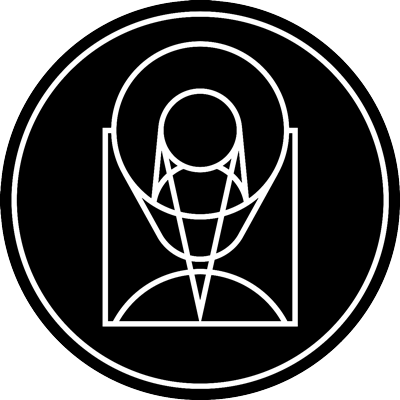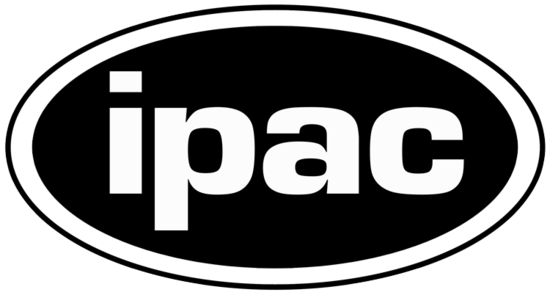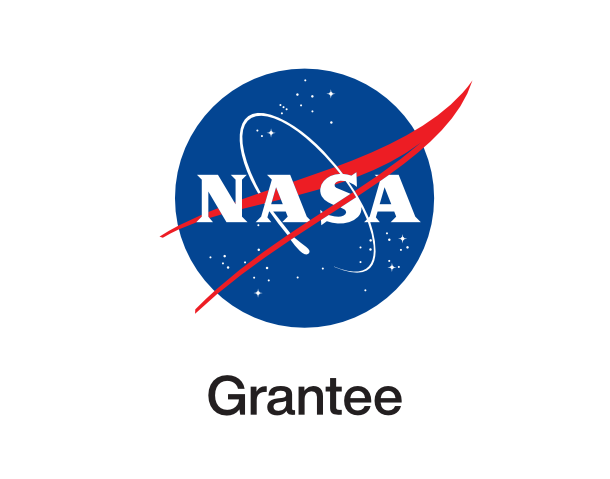Intergalactic 'Pipeline' Funnels Matter Between Colliding Galaxies NGC 1410 and NGC 1409

stsci_2001-02a January 9th, 2001
Credit: William C. Keel (University of Alabama, Tuscaloosa) and NASA/ESA
This visible-light picture, taken by NASA's Hubble Space Telescope, reveals an intergalactic "pipeline" of material flowing between two battered galaxies that bumped into each other about 100 million years ago. The pipeline [the dark string of matter] begins in NGC 1410 [the galaxy at left], crosses over 20,000 light-years of intergalactic space, and wraps around NGC 1409 [the companion galaxy at right] like a ribbon around a package. Although astronomers have taken many stunning pictures of galaxies slamming into each other, this image represents the clearest view of how some interacting galaxies dump material onto their companions. These results are being presented today at the 197th meeting of the American Astronomical Society in San Diego, CA. Astronomers used the Space Telescope Imaging Spectrograph to confirm that the pipeline is a continuous string of material linking both galaxies. Scientists believe that the tussle between these compact galaxies somehow created the pipeline, but they're not certain why NGC 1409 was the one to begin gravitationally siphoning material from its partner. And they don't know where the pipeline begins in NGC 1410. More perplexing to astronomers is that NGC 1409 is seemingly unaware that it is gobbling up a steady flow of material. A stream of matter funneling into the galaxy should have fueled a spate of star birth. But astronomers don't see it. They speculate that the gas flowing into NGC 1409 is too hot to gravitationally collapse and form stars. Astronomers also believe that the pipeline itself may contribute to the star-forming draught. The pipeline, a pencil-thin, 500 light-year-wide string of material, is moving a mere 0.02 solar masses of matter a year. Astronomers estimate that NGC 1409 has consumed only about a million solar masses of gas and dust, which is not enough material to spawn some of the star-forming regions seen in our Milky Way. The low amount means that there may not be enough material to ignite star b
Provider: Space Telescope Science Institute
Image Source: https://hubblesite.org/contents/news-releases/2001/news-2001-02
Curator: STScI, Baltimore, MD, USA
Image Use Policy: http://hubblesite.org/copyright/

- ID
- 2001-02a
- Subject Category
- C.5.1.7
- Subject Name
- NGC 1410, NGC 1409
- Credits
- William C. Keel (University of Alabama, Tuscaloosa) and NASA/ESA
- Release Date
- 2001-01-09T00:00:00
- Lightyears
- 300,000,000
- Redshift
- 300,000,000
- Reference Url
- https://hubblesite.org/contents/news-releases/2001/news-2001-02
- Type
- Observation
- Image Quality
- Good
- Distance Notes
- Distance in Lightyears
- Facility
- Hubble, Hubble, Hubble
- Instrument
- STIS, STIS, STIS
- Color Assignment
- Blue, Green, Red
- Band
- Optical, Optical, Optical
- Bandpass
- -, V, R
- Central Wavelength
- -, 585, 723
- Start Time
- Integration Time
- Dataset ID
- Notes
- Coordinate Frame
- ICRS
- Equinox
- 2000.0
- Reference Value
- 55.29345833333, -1.30083333333
- Reference Dimension
- 1147.00, 827.00
- Reference Pixel
- 534.13345177579, 359.70420231030
- Scale
- -0.00000702053, 0.00000702053
- Rotation
- 94.67708453429
- Coordinate System Projection:
- TAN
- Quality
- Full
- FITS Header
- Notes
- World Coordinate System resolved using PinpointWCS 0.9.2 revision 218+ by the Chandra X-ray Center FITS X FITS Y EPO X EPO Y 399.94 549.89 302.23 537.77 382.95 560.86 267.93 559.87 373.02 534.22 248.89 507.07 405.34 603.61 313.28 645.76 Center Pixel Coordinates: 573.50 55.29310011493 413.50 -1.30114174206
- Creator (Curator)
- STScI
- URL
- http://hubblesite.org
- Name
- Space Telescope Science Institute Office of Public Outreach
- outreach@stsci.edu
- Telephone
- 410-338-4444
- Address
- 3700 San Martin Drive
- City
- Baltimore
- State/Province
- MD
- Postal Code
- 21218
- Country
- USA
- Rights
- http://hubblesite.org/copyright/
- Publisher
- STScI
- Publisher ID
- stsci
- Resource ID
- STSCI-H-p0102a-f-1147x827.tif
- Resource URL
- https://mast.stsci.edu/api/latest/Download/file?uri=mast:OPO/product/STSCI-H-p0102a-f-1147x827.tif
- Related Resources
- http://hubblesite.org/newscenter/archive/releases/2001/02
- Metadata Date
- 2022-07-06T00:00:00
- Metadata Version
- 1.2
Detailed color mapping information coming soon...














